From Newcastle bringing coal south
Coal was weighed and taxed along the route so a standard measure was needed for accounting purposes. One measure in use then was the chaldron.
A Chaldron was a unit of dry capacity used in England during the 15th to 19th centuries - as this statement clearly defines:-
"THE COAL MEASURE."
The peck is stated to contain 18 instead of 16 quarts : now it is well known that pecks and quarts are not the proper mode of estimating this measure, the datum for which is the standard chaldron, stated in all coal contracts and leases to contain 24 bolls of 36 gallons each ; and as 8 pecks are a coal boll, the peck must consequently thus contain 18 quarts. Upon this principle, it is perfectly well known to all conversant in the trade, that the coal measure tub has always been regulated, and stamped, by the proper authorities in Newcastle. The hewing price per score for this measure, must of course depend on the particular circumstances of each colliery, and the settling this amount properly constitutes the principal subject for treaty between master and man at each yearly colliery binding.
Thankfully, it was abolished by the Weights and Measures Act of 1963 after having been variously used for different commodities with different mass or capacities in different locations! One wonders why it took so long to abolish it!
In England the chaldron's dry capacity was thirty two bushels except when used for coal when it equaled thirty six bushels!
Unless that is, when it referred to coal using the 'Newcastle chaldron' which was standardised in 1695, on seventy two heaped bushels weighing fifty three hundredweights (twenty hundredweights equal one ton - as you all remember now!). Prior to 1695, its weight was taken to be forty two hundredweights!
As coal was taxed by the chaldron one can understand the incentive to make it as large as possible on board ship.
One score of chaldrons was, in fact, twenty one chaldrons (similar to a baker's dozen being thirteen!).
Up to 3000 chaldrons a year were transported on the Stamford Canal!
So, why was a chaldron a measure of coal?
Quite simply, the size of the original cart!
Originally used on roads but wooden rails made the job much easier!
This was a standard 33cwt chaldron wagon.
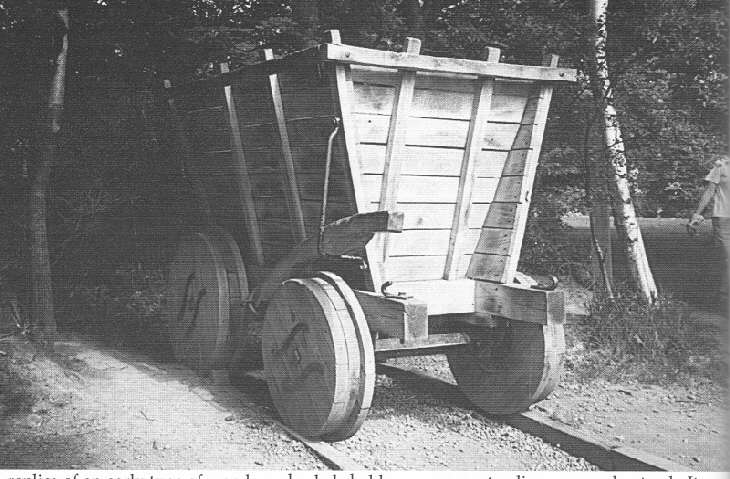
A while later the sides were extended and 53cwt was carried!
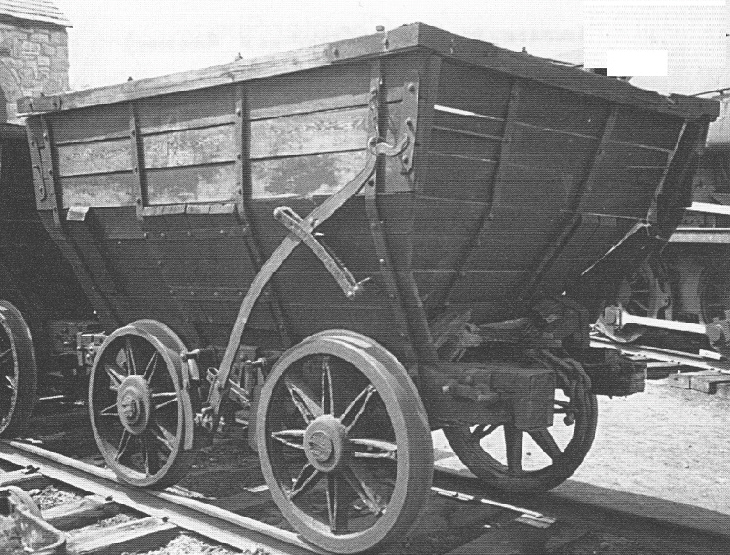
Obviously the advent of metal rails had helped!
This was the actual sequence of upgrading the chaldron in its lifetime before being scrapped as a measure - it WAS long overdue!
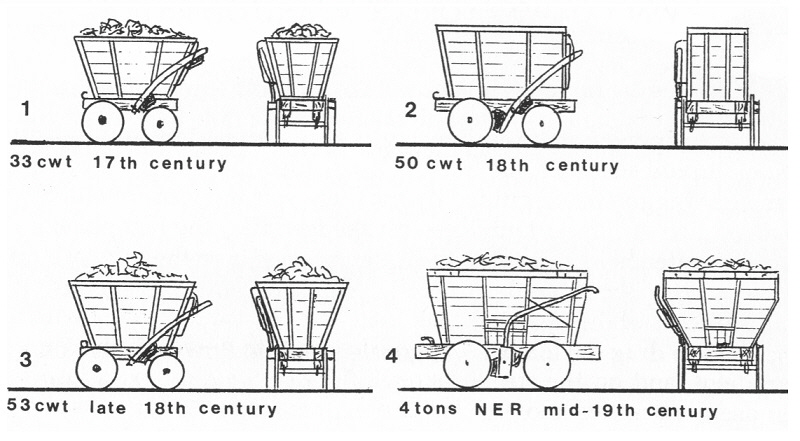
The term ‘Coals from Newcastle’ was actually wrong.
The coal was mined inland and brought to the river in chaldrons before being transferred to boats to take it to Newcastle (and then to Stamford!)
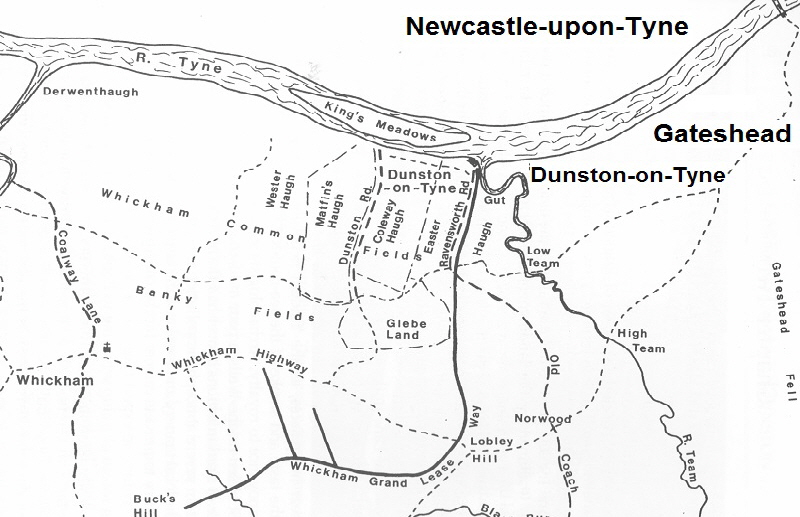
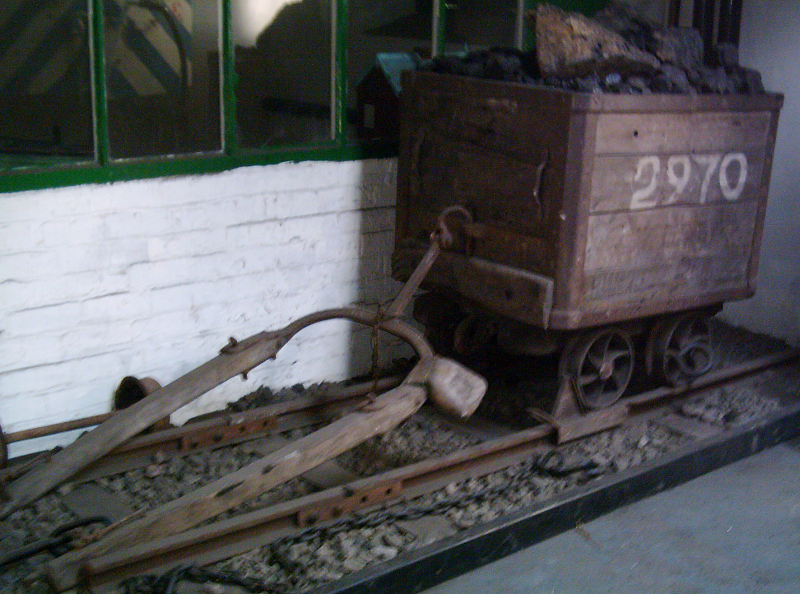
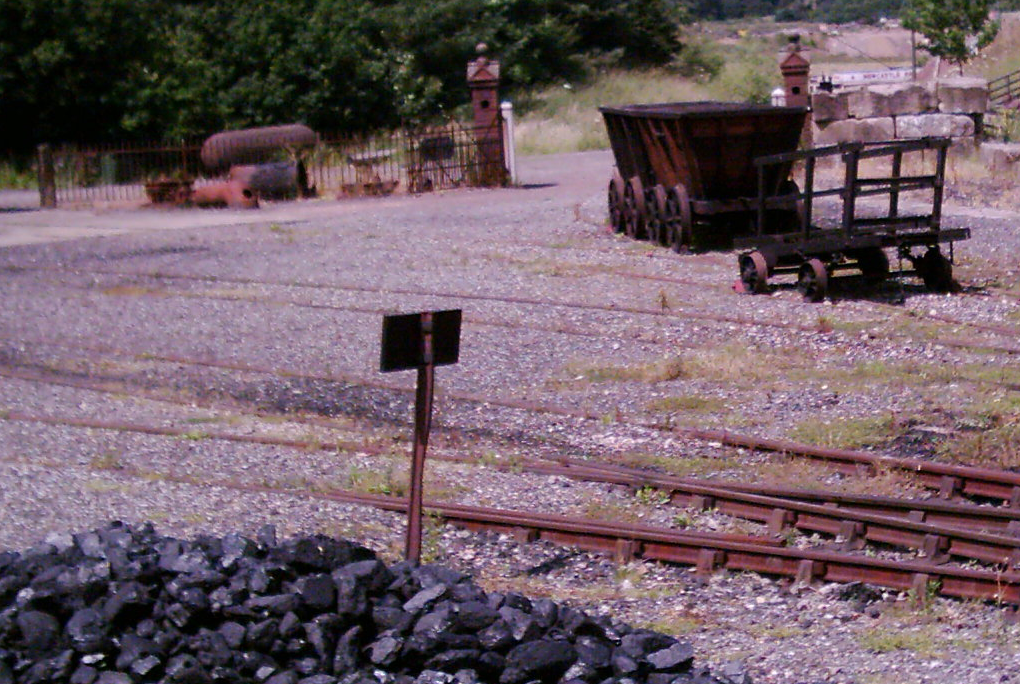
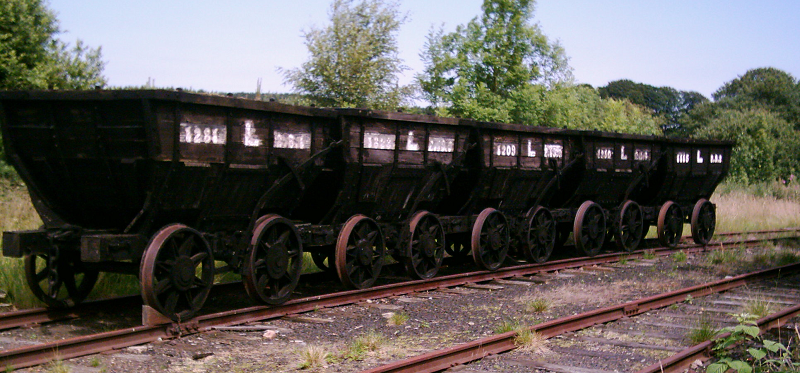
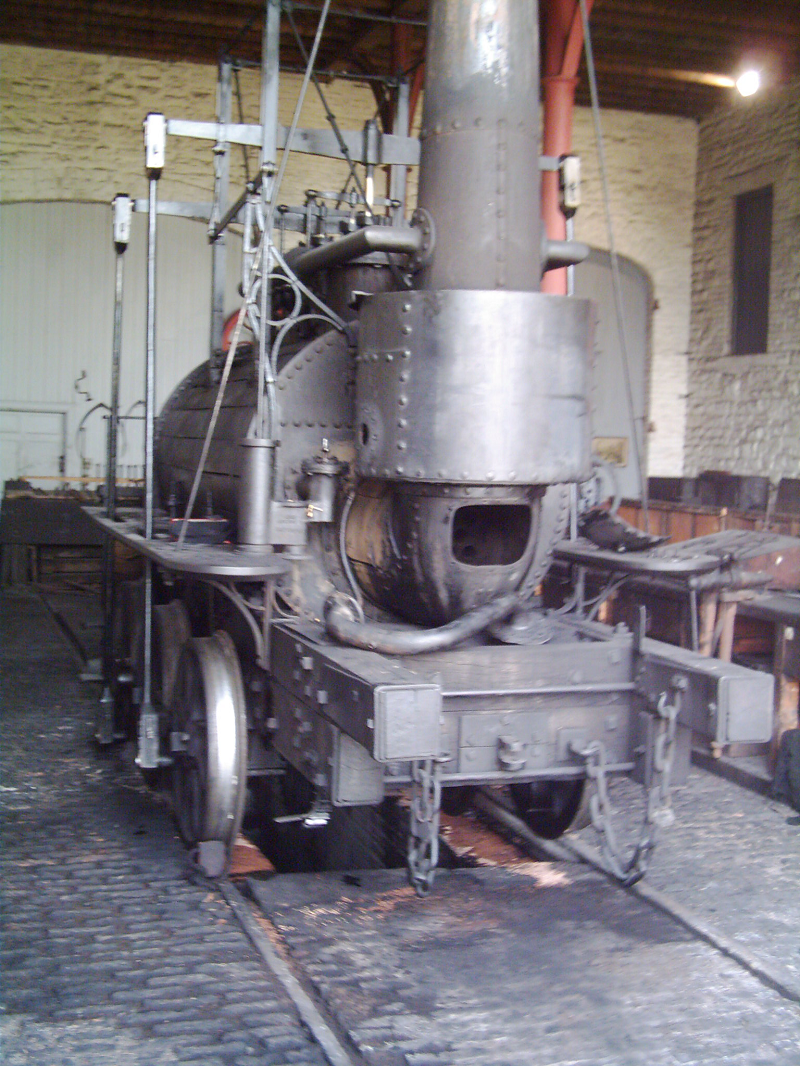
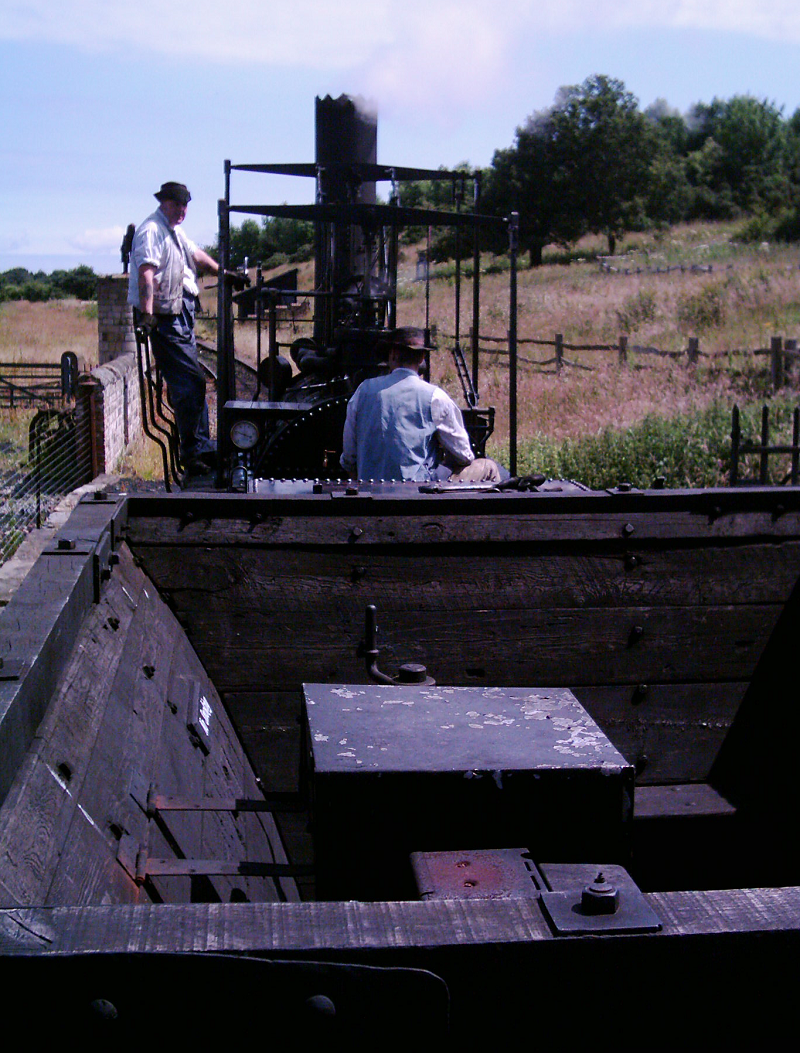
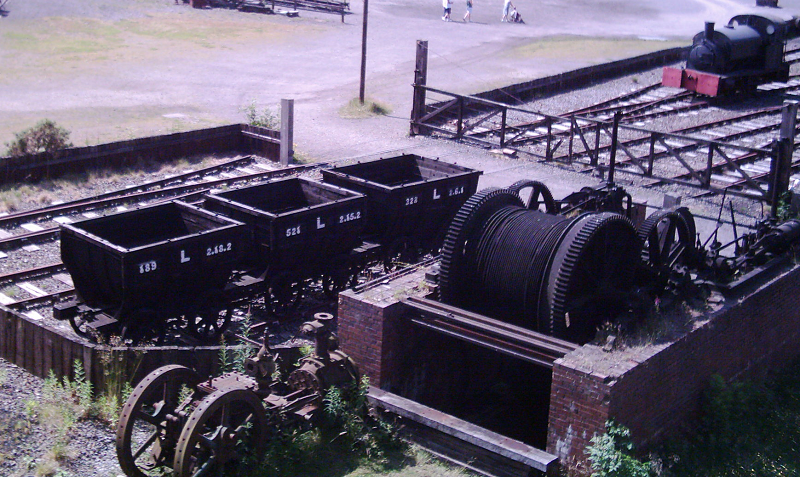
The Stamford Canal << The earliest proper canal in England? <<
